A new trend (which is something old, but recently rediscovered again) in coffee brewing is nobypass coffee brewing. It is the absolute hot topic of various Youtube glitterati, and starting to gain traction in other geeky coffee circles online. Even more interesting is being able to fully control the dilution of your coffee manually, instead of relying on the random dilution normal bypass (ie, pour over) coffee offers.
A small company out of Kansas called NextLevel Brewing Company has become a noted player in the nobypass brewing sphere. A few years ago they introduced their LVL-10 coffee brewer, and this August they are rolling out their next brewer, the Pulsar. Both devices are based on the same principle – no bypass brewing – but approach things differently.
LVL-10 Brewer
NextLevel’s first nobypass brewer is the LVL-10, a wide diameter coffee brewer using circular paper filters. Its primary feature is the excellent dripper lid that fits on top, distributing your brewing water in a very wide, very low impact dripping pattern.
The brewer consists of a soft-touch, food safe thermoplastic elastomer (TPE) base that NextLevel claims is a special formulation. Inside of it it sits a hexagonal shaped filter holder. The brewing cylinder is Tritan plastic (same material AeroPress uses in their new AeroPress Clear), as are the dispersion lid’s clear parts. More TPE is used to provide the grip for the upper dispersion screen.
The coffee surface area in the LVL-10 brewer is pretty big: 9.5cm diameter across. This means brewing anything less than 25g of coffee will be a challenge, because the resulting bed of coffee will be less than 10mm tall.
For some this may be a detriment, but the LVL-10 is very well suited for doing larger batch brews for 2 or more cups of coffee. It is also incredibly well suited for doing iced coffee brews, which require a larger volume of ground coffee, thanks to all the dilution from brewing onto ice.
100% of the brewing water is forced through the bed of coffee in the LVL-10. The brewer is designed with manual dilution as part of the brewing process. Indeed, controlling that dilution is a big part of the brewer’s design and output. Richard Unruh, one of the product’s designers, explains:
“Bypass versus dilute, we think that there should be more distinction between these terms. Bypass is the water that’s going around the coffee grounds ‘during’ the brewing process and dilute is water that is added to the coffee ‘after’ brewing to change the strength of the coffee, giving you more control.”
Darren Schmidt, another principle at NextLevel, adds this: “the reason dilute is much preferred over bypass is the control factor on dilute, versus bypass being mostly uncontrollable or measurable.”
We are currently testing the NextLevel LVL-10, and may have a review on it later in the year.
Nextlevel Pulsar
A big reason why nobypass brewing is a hot topic in the coffee nerd sphere at the moment is because of Jonathan Gagné and an article he posted in late 2020 about his discoveries using a nobypass brewer (from Fellow) and the V60, and comparing the output of both.
NextLevel was inspired by Gagné’s article, and the LVL-10 was born. Their next brewer, coming this August, is designed in conjunction with Gagné and incorporates some elements he wanted, including a smaller diameter brewing chamber, and the ability to do a partial immersion brew.
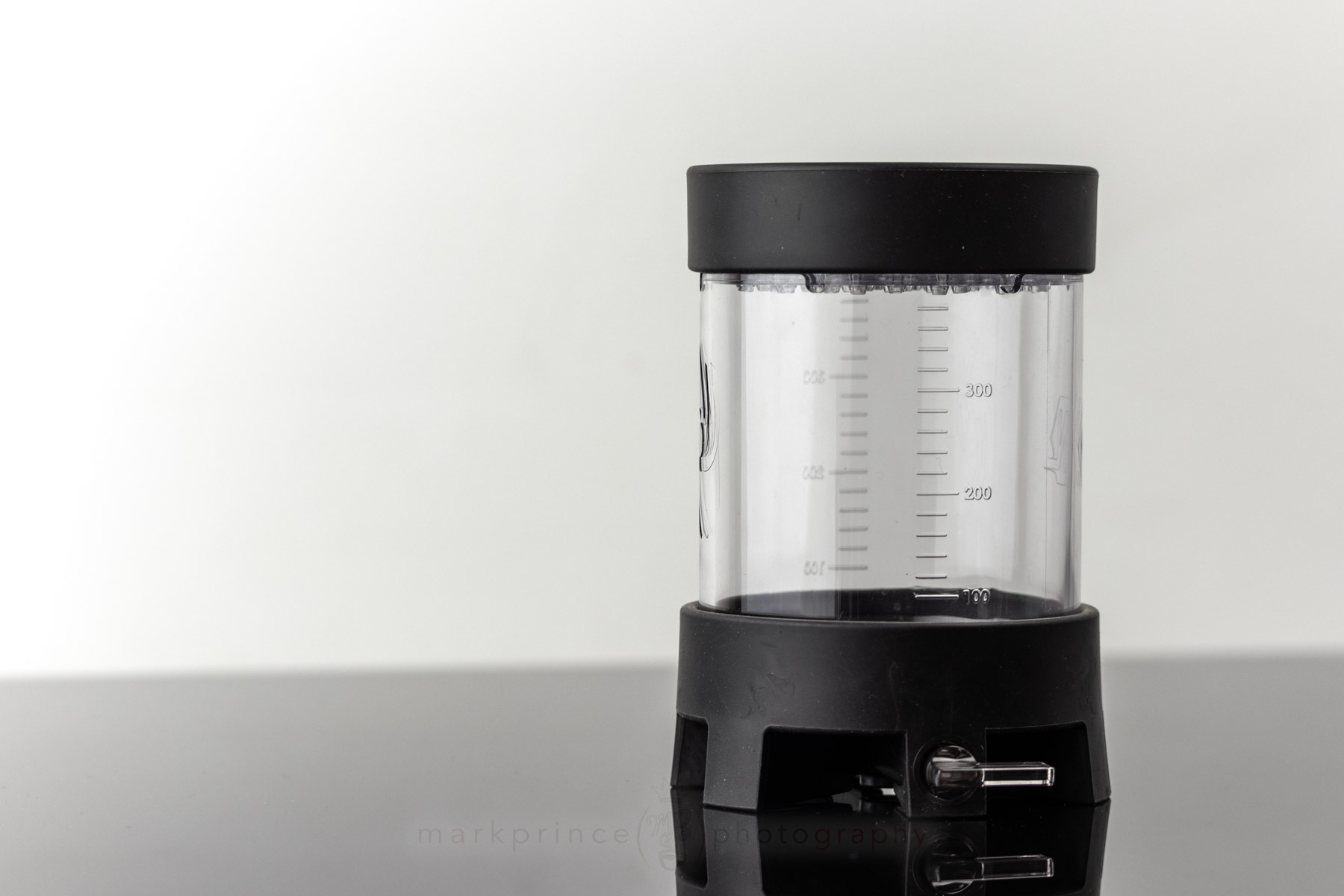
The NextLevel Pulsar’s inner diameter measures 7.7cm, (compared to the 9.5cm of the LVL-10), allowing you to use less coffee for smaller brews. This was one of Gagné’s core design requests. He also wanted a control valve for restricting or stopping coffee flow to do a full immersion bloom cycle for up to several minutes. Gagné liked the idea of being able to experiment. One way he used the Pulsar was as a super long immersion method, pouring all the volume of brew water into the device and letting it steep for 10 minutes or longer, then opening the valve to let gravity flow the brew through to a carafe.
Another way he uses the Pulsar is to do a full immersion for the first 50-100g of water added (bloom phase), a long immersion. Then he opens the flow valve and uses the Pulsar just like the LVL-10: a flow through, no bypass device you pour the rest of his brewing water into it as the brewed coffee flows through.
How Gagné uses the Pulsar is just two methods, or ‘recipes’. The brewer’s design presents a lot of possibilities for experimentation. You could do the reverse of his method: have the valve open, and do your normal bloom phase, 100g of water in, letting it flow through. Once the bed is drained, close the valve, and pour in your next 250g of water, letting it steep in full immersion for a minute or two before opening the valve, and letting it drain out. That’s just one suggestion of many possibilities.

The build of the Pulsar is a bit different from the LVL-10 in other regards. Besides the adjustable rate flow valve, it doesn’t use the hexagonal insert to sit the paper filter on. Instead, the mould of the TPE flexible material has vanes to hold the paper in place and level. Also, the Tritan cylinder of the Pulsar has in ml for 100, 200, 300ml, on up to 400ml (not marked) near the top.
We’ll be doing full mini reviews of both brewers, including our own recommended recipes. For now, it’s just cool to see these new brewers coming to market by the small scale creators who are looking to shake things up, and bring new devices to an old brewing style that has caught on once again thanks to new experimentation reports online.
For now, if you’re interested in either, they can be bought direct from NextLevel. The LVL-10 is available now for $60, and the Pulsar will be available in August, price TBA.

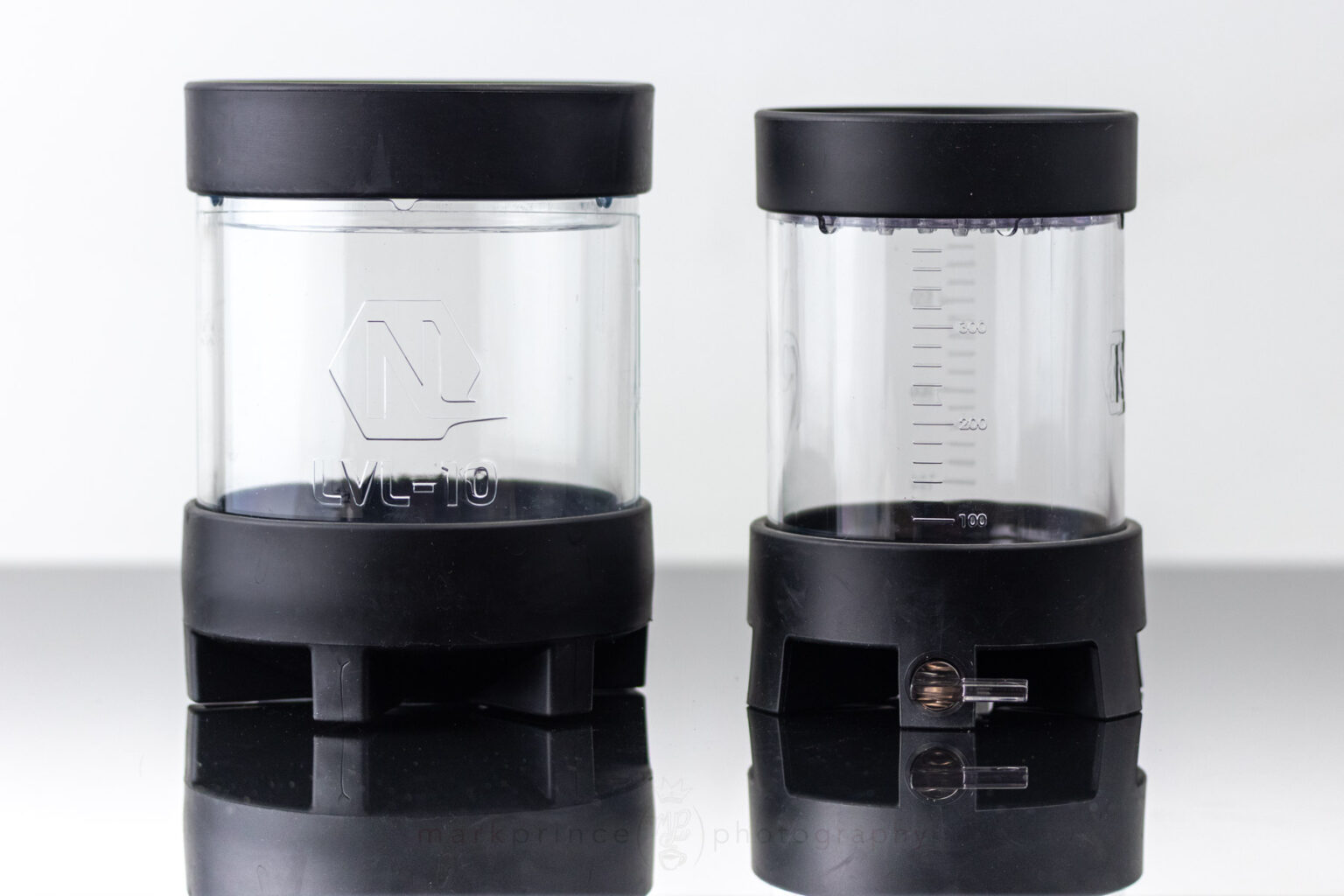
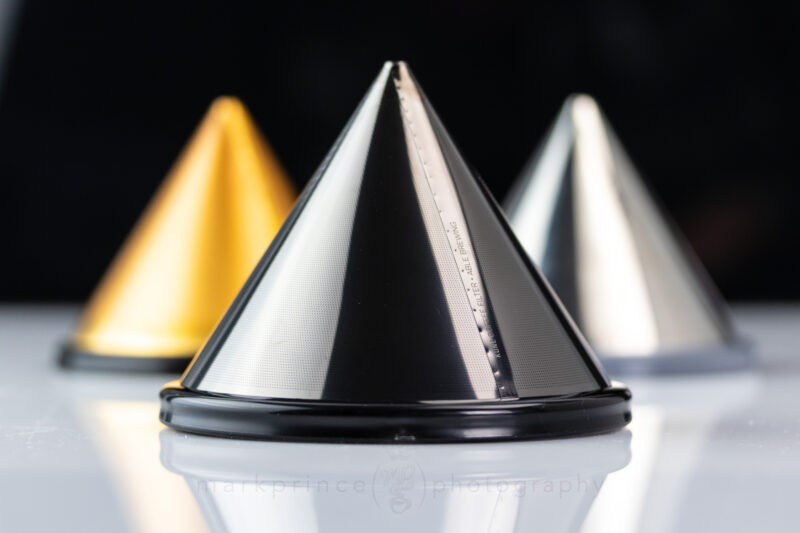

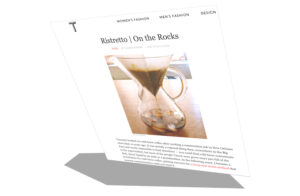
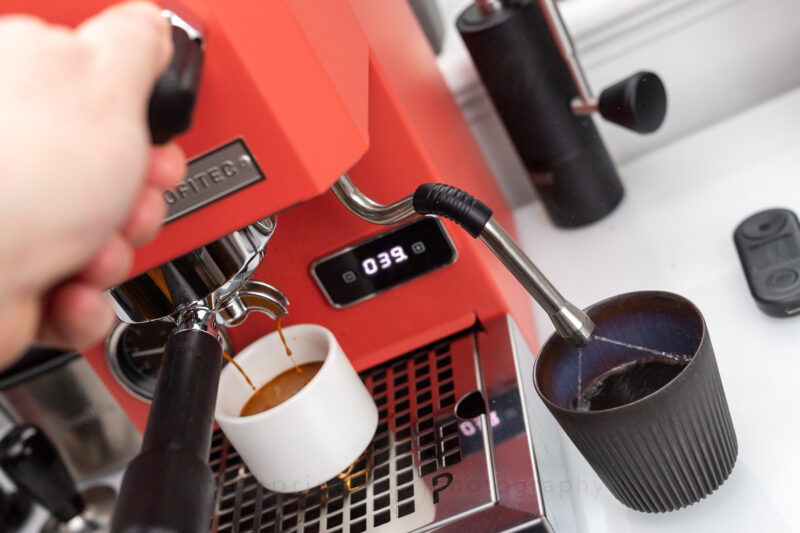



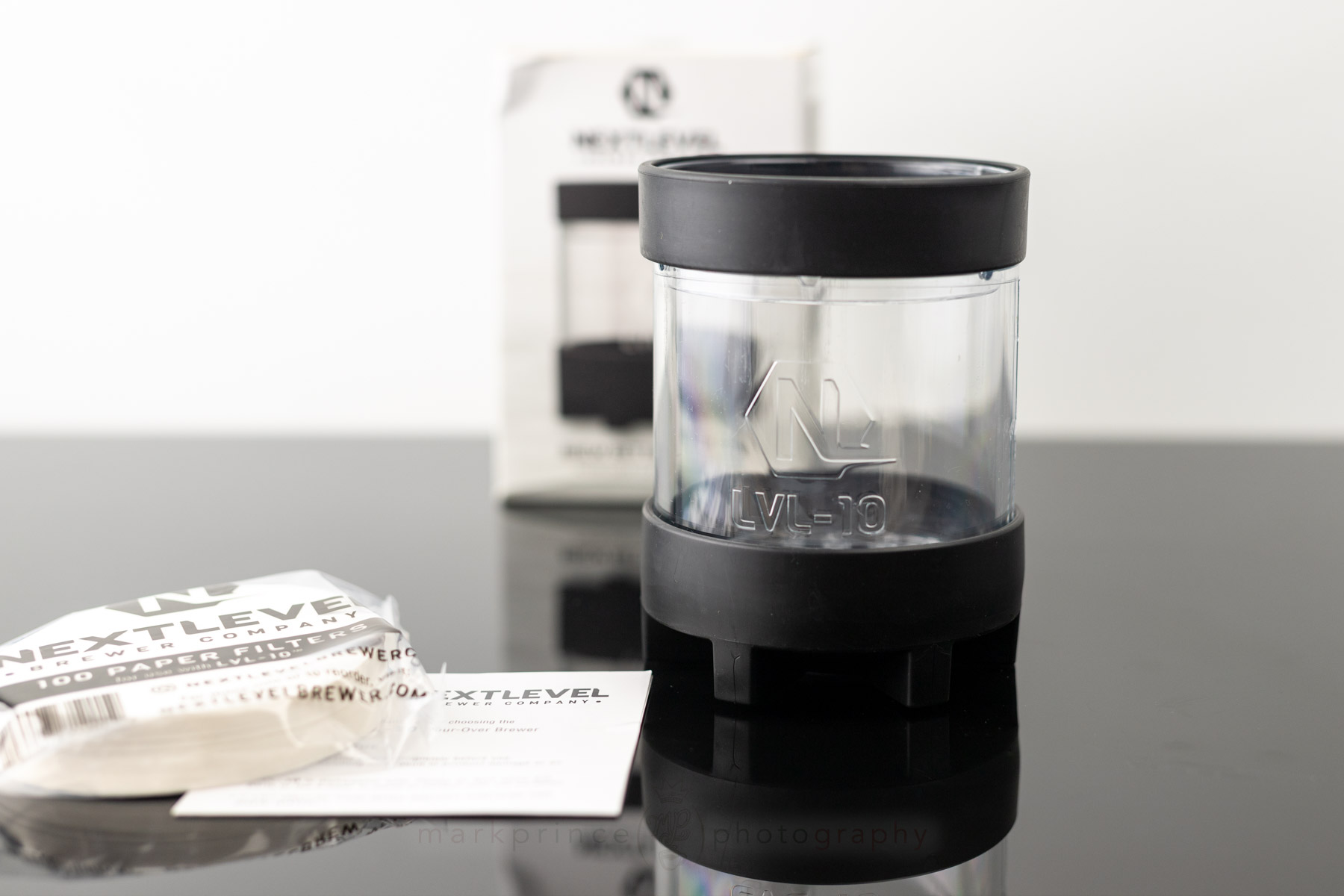
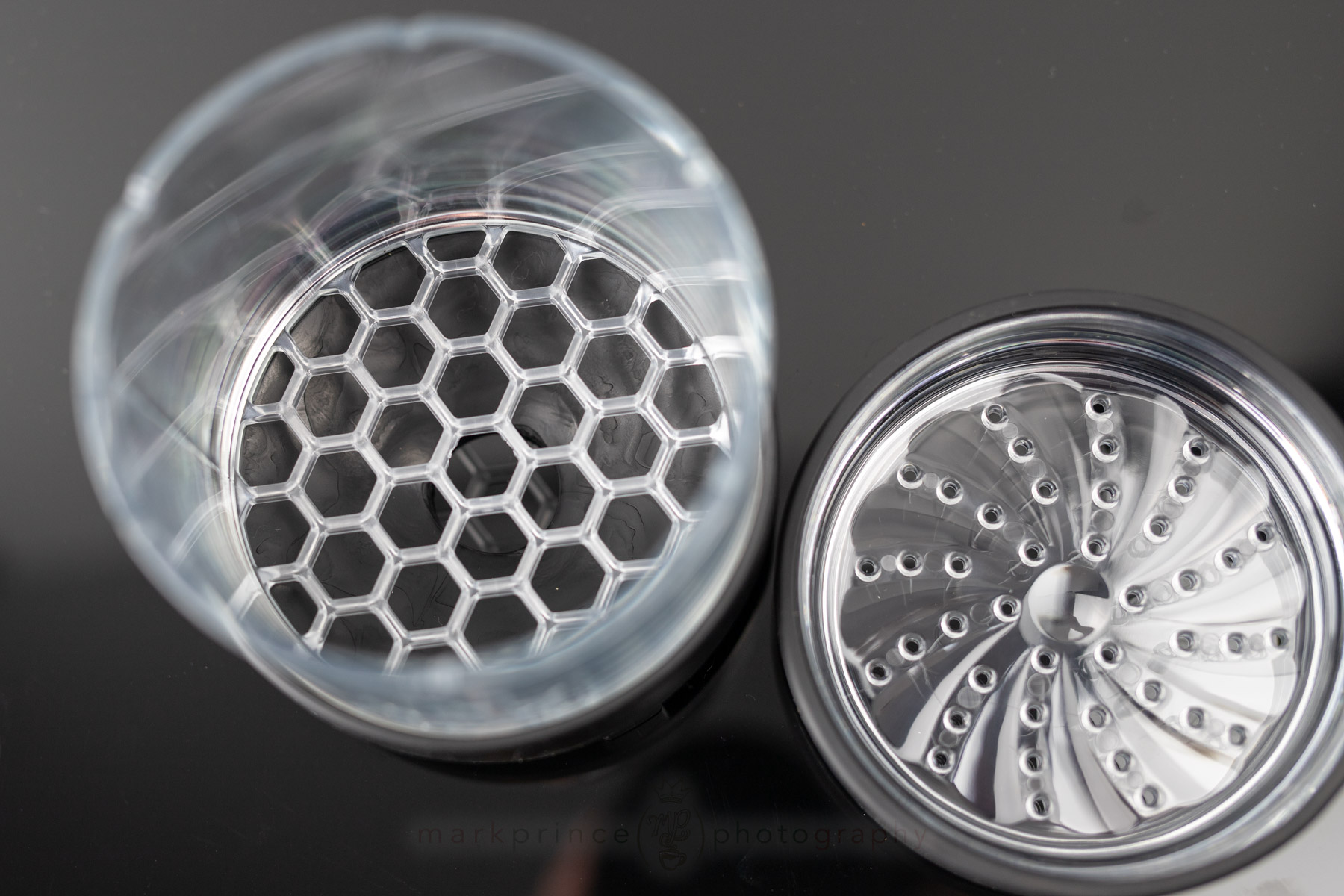
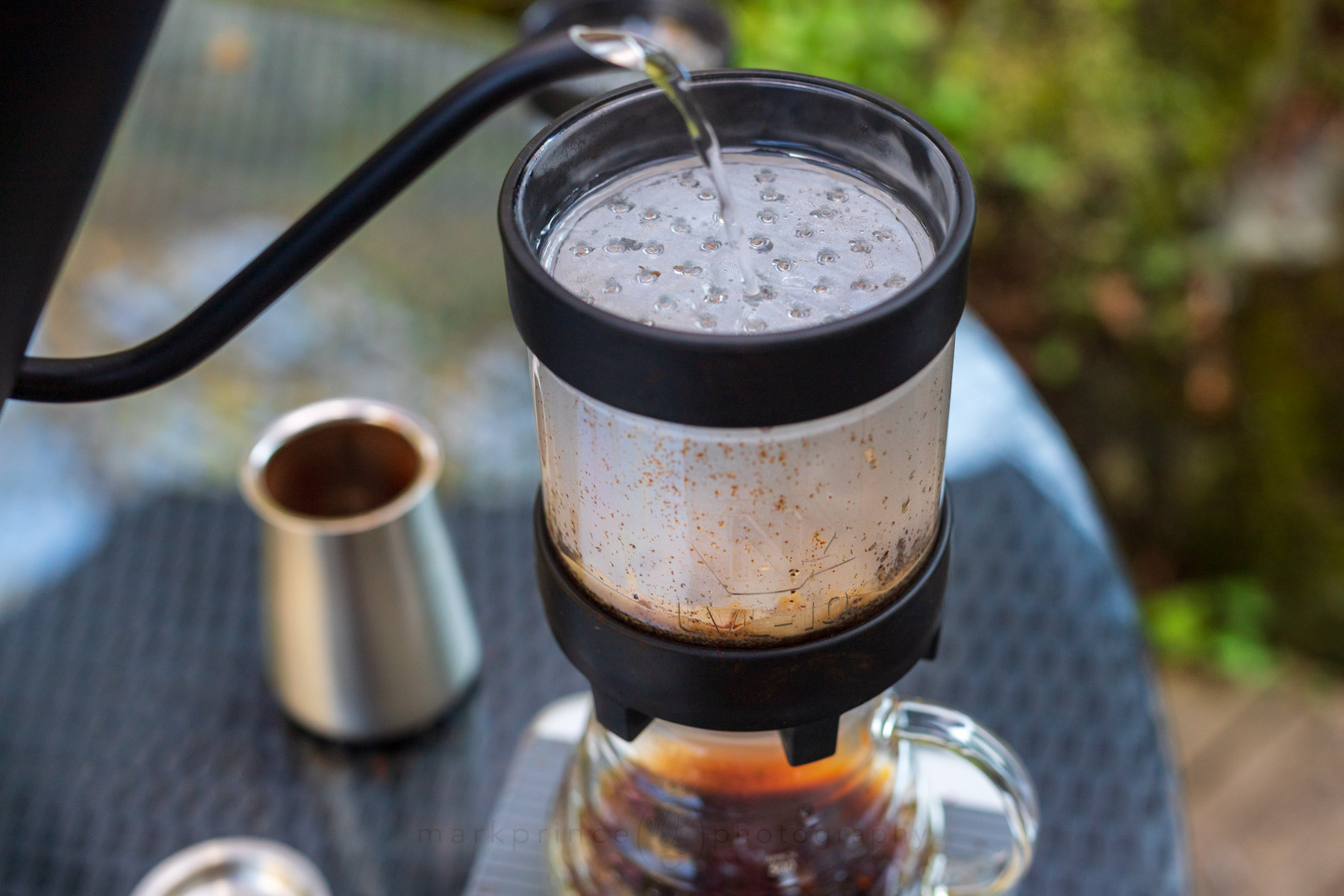


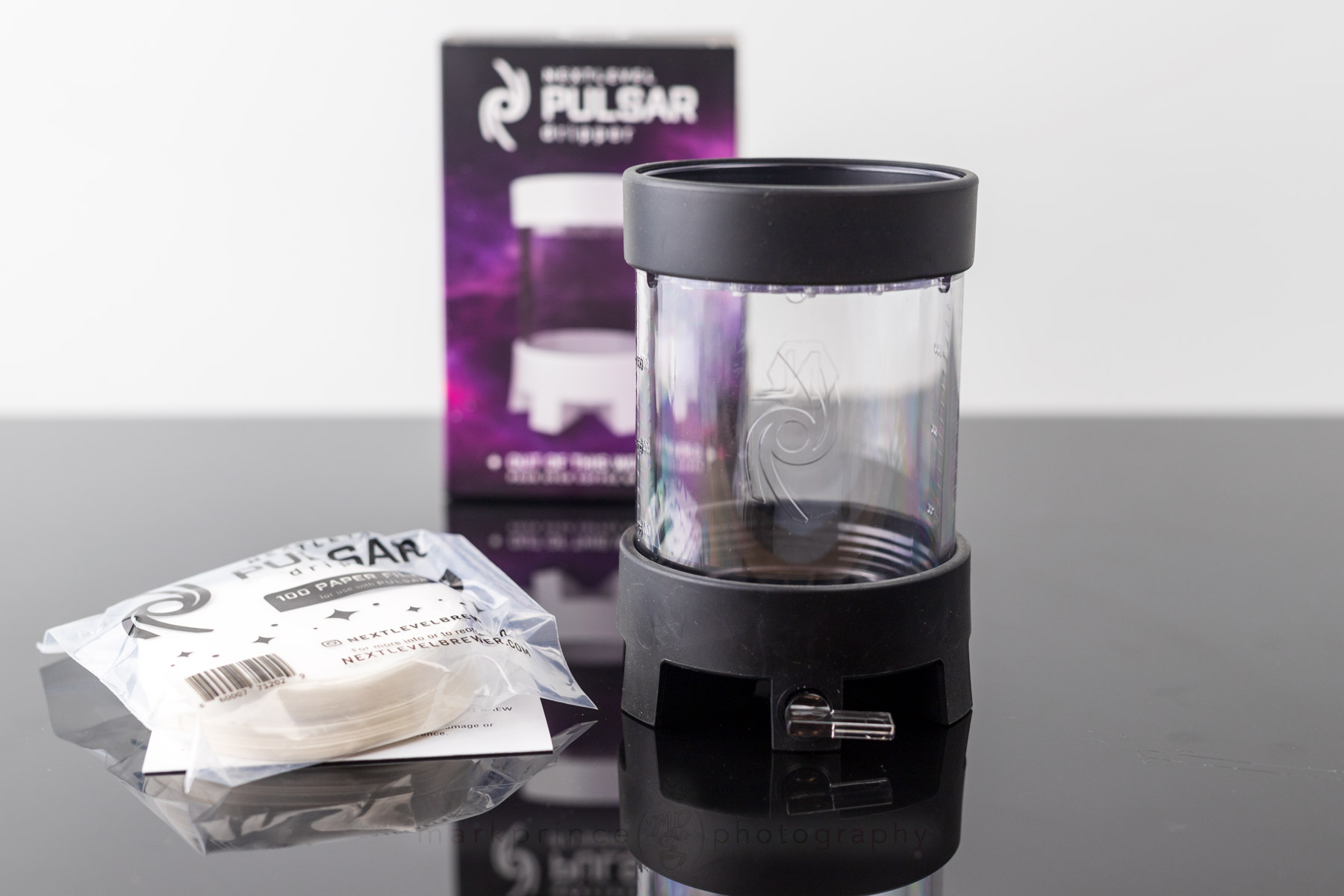


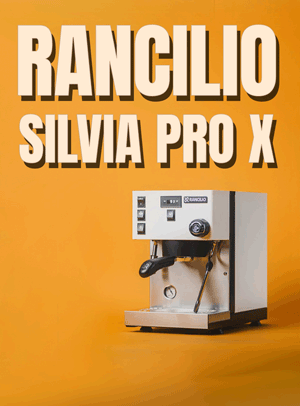









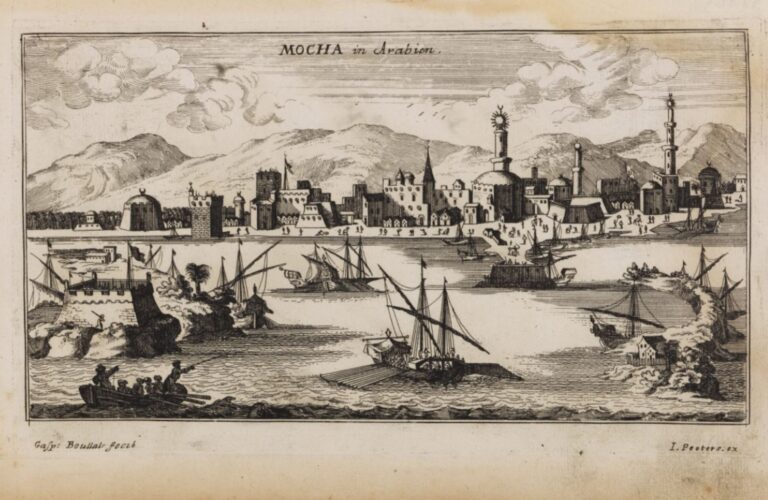
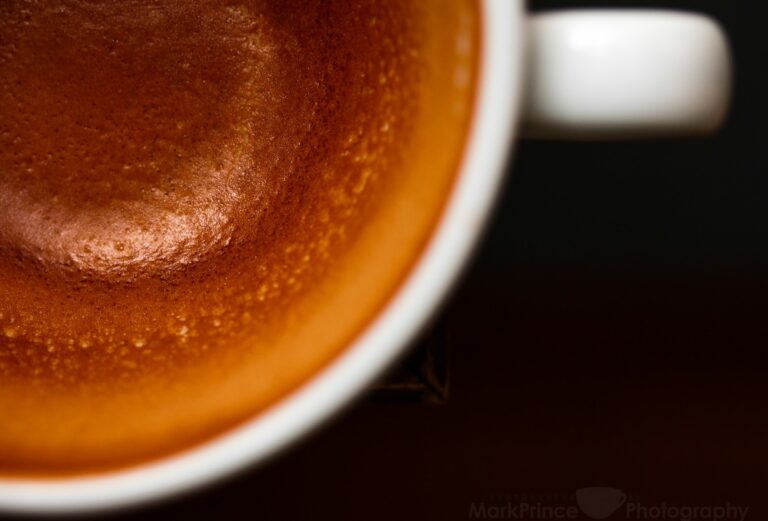

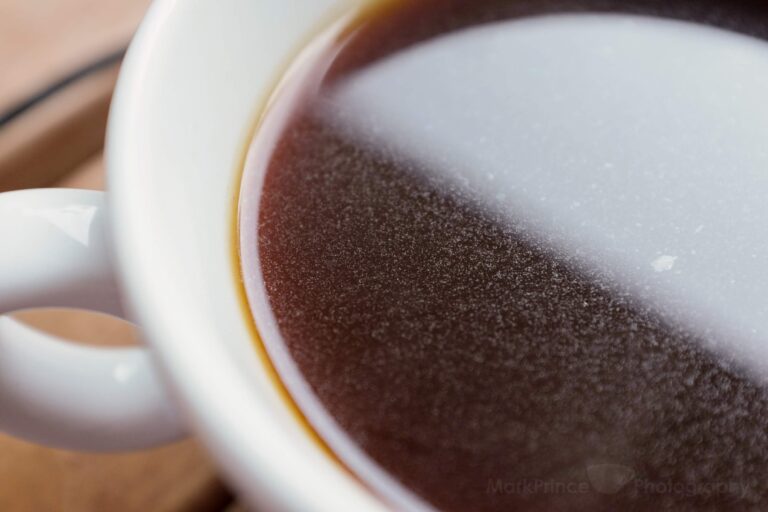

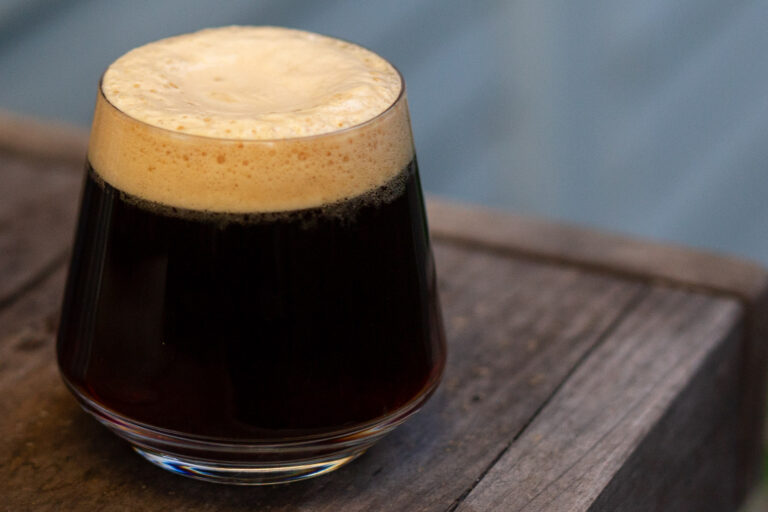









3 Responses
The Pulsar sounds similar to the Clever Coffee Dripper, which I’ve been using for years now. It allows you to get a bloom phase before releasing the water when you place it over your mug. You can also add more water to the initial bloom phase to achieve a hybrid french press/pour over type brew.
The Pulsar is definitely inspired by the Clever Coffee Dripper, itself which was originally a steep and release tea brewer that Clever modified at the exit hole / filtering area to work with coffee better. I still have the original tea version. It’s also similar to the Bonavita Immersion Brewer which is, IMO, way better than the Clever because it works with more standardized filters, and has an adjustable flow rate valve.
That said, the Pulsar is also different, in that it has a flat bed surface, which is a big part of the whole “no bypass brewing” modus. Both the Clever and the Bonavita are wedge cone shaped extractions and have some bypass.
Mark… for the LV10, is that “2 or more cups” BEFORE dilution? How many ml would that equal? Are you referring to standard US 8 oz cup measure? Interesting stuff!